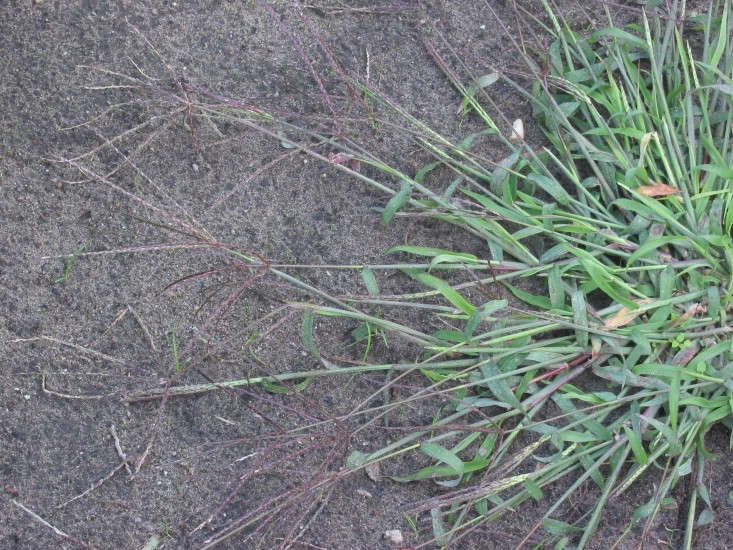As the year and the active growing season comes to a close in the northern hemisphere, there still is one thing you can do now to improve your gardening experience come spring: winter soil amending.
Soil amending during winter requires only a bit of effort on your part. Nature does the rest while you’re inside nice and cozy.
Here are five things you can do now to help improve your soil.
1. Weed.

Remove all the weeds, especially if you didn’t get a chance to do it earlier and they have gone to seed. Removing them now cuts down on annual weeds self sowing and perennial weeds from coming back next year.
2 . Test your soil.

It’s always good to know if your soil is missing any nutrients. Adding them now will allow them to percolate into the soil before growing season.
3. Add compost.

Either homemade or store bought, compost will improve your soil quality by replenishing the nutrients to the soil. This is really important if you grew or plan to grow heavy feeders like tomatoes. The compost you choose can be from your own kitchen scraps, well rotted manure, mushroom compost, or commercially bagged.
4. Mulch.

This will keep the soil from drying out if you have a dry winter. It will also keep down early season weeds and curtail frost heaving.
5. Hugelkultur.

Feeling ambitious? Hugelkultur is roughly translated into “hill culture” and basically entails growing a garden on a manmade hill. Very simply think of it as a massive compost pile you garden on top of. The base is made of logs and is covered with leaves, plants debris, twigs and soil. As the pile settles over the winter and starts to decompose, it releases nutrients. Depending on the size, a hugelkultur can last three to six years before it needs to be redone. At no point do you need to turn the soil or work in the amendments. Yay! Less work for you and better for the soil, since you’re not disturbing the soil structure or bringing up weed seeds to the surface. Once done, you can put your feet up, grab a cup of tea, browse the seed catalogs and plan for next year’s garden. (For more on this method, see The Garden Decoder: What Is ‘Hugelkultur’?)
See also:
- Peat-Free Potting Soil: Here’s How to Find It
- Rice Hulls: A Better, Eco Alternative to Perlite in Soil Mixes
- Kitchen to Garden: 6 Common Household Ingredients to Use for Healthier Soil and Plants









Have a Question or Comment About This Post?
Join the conversation